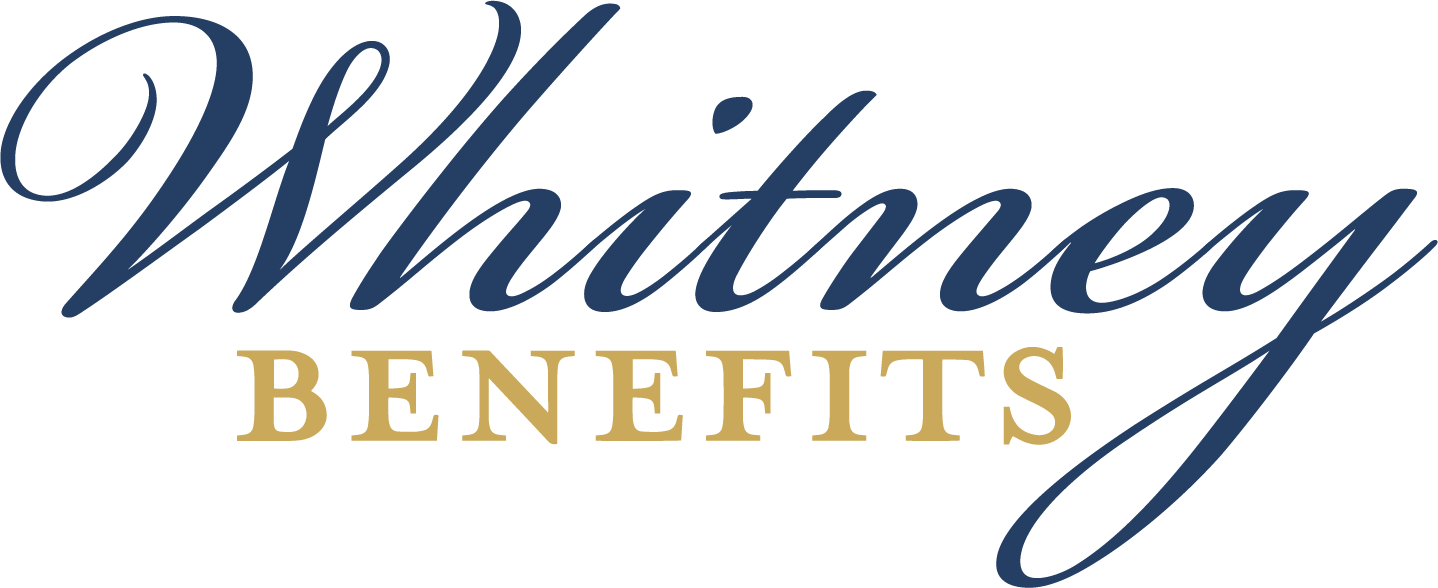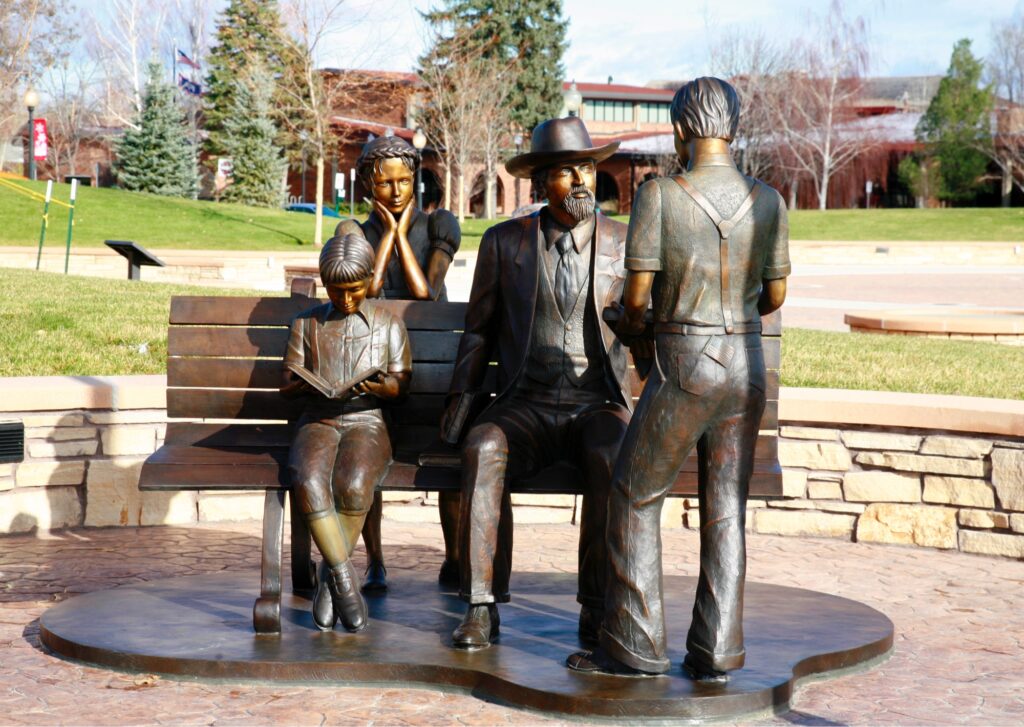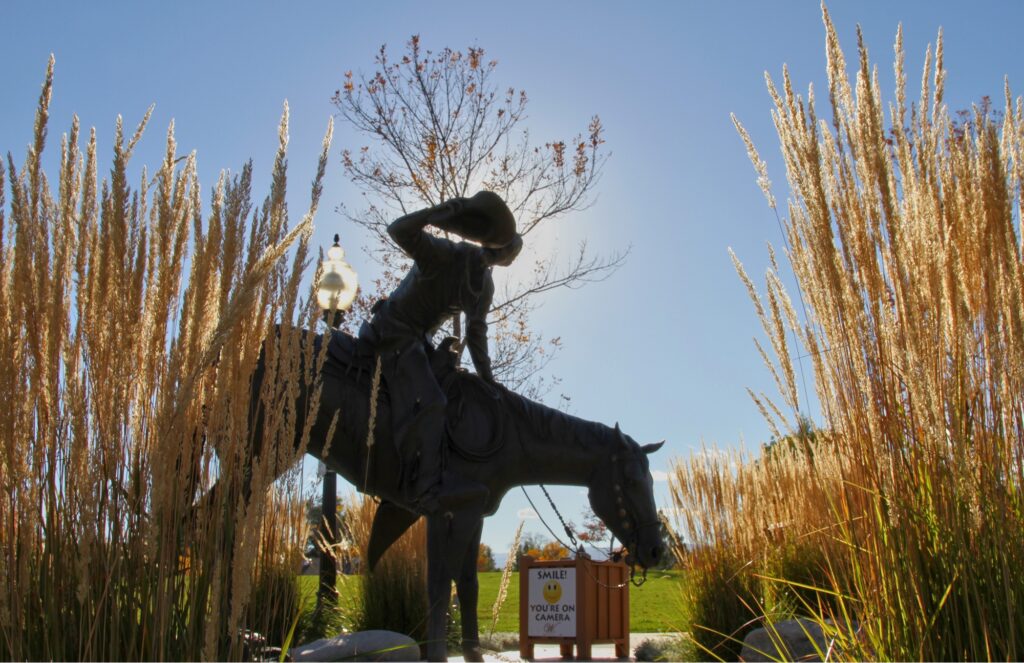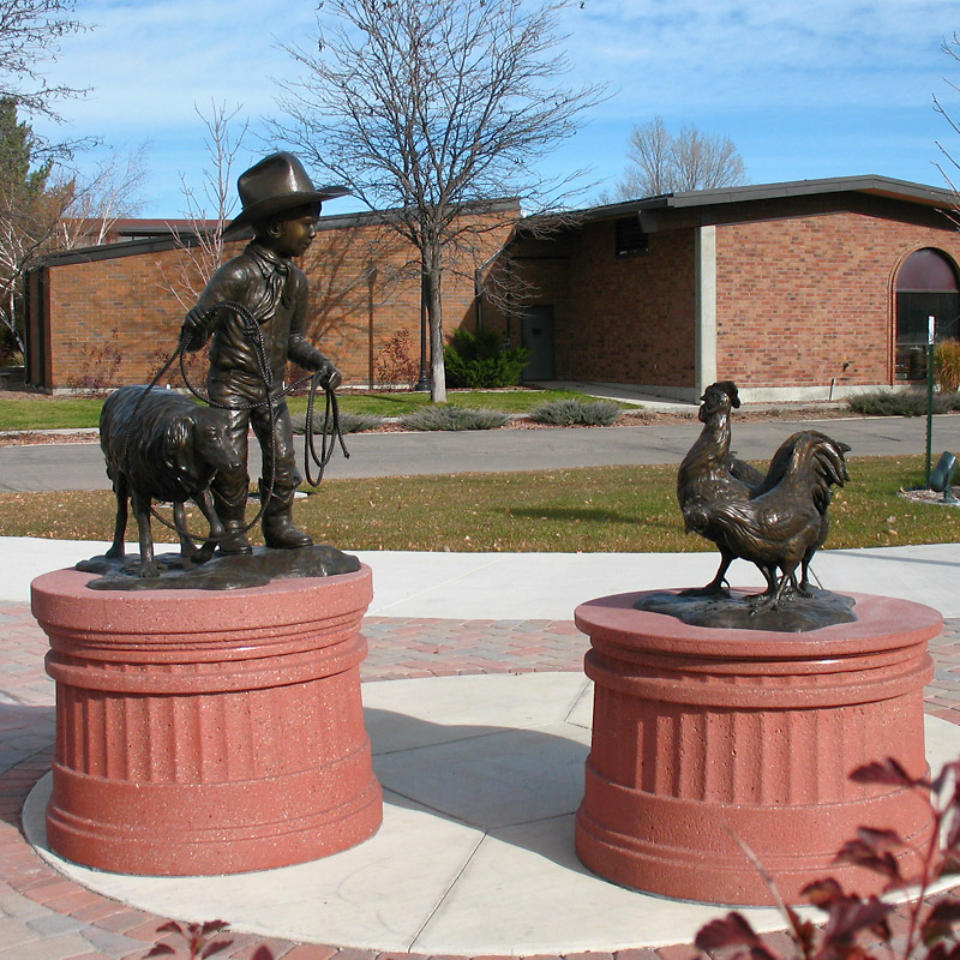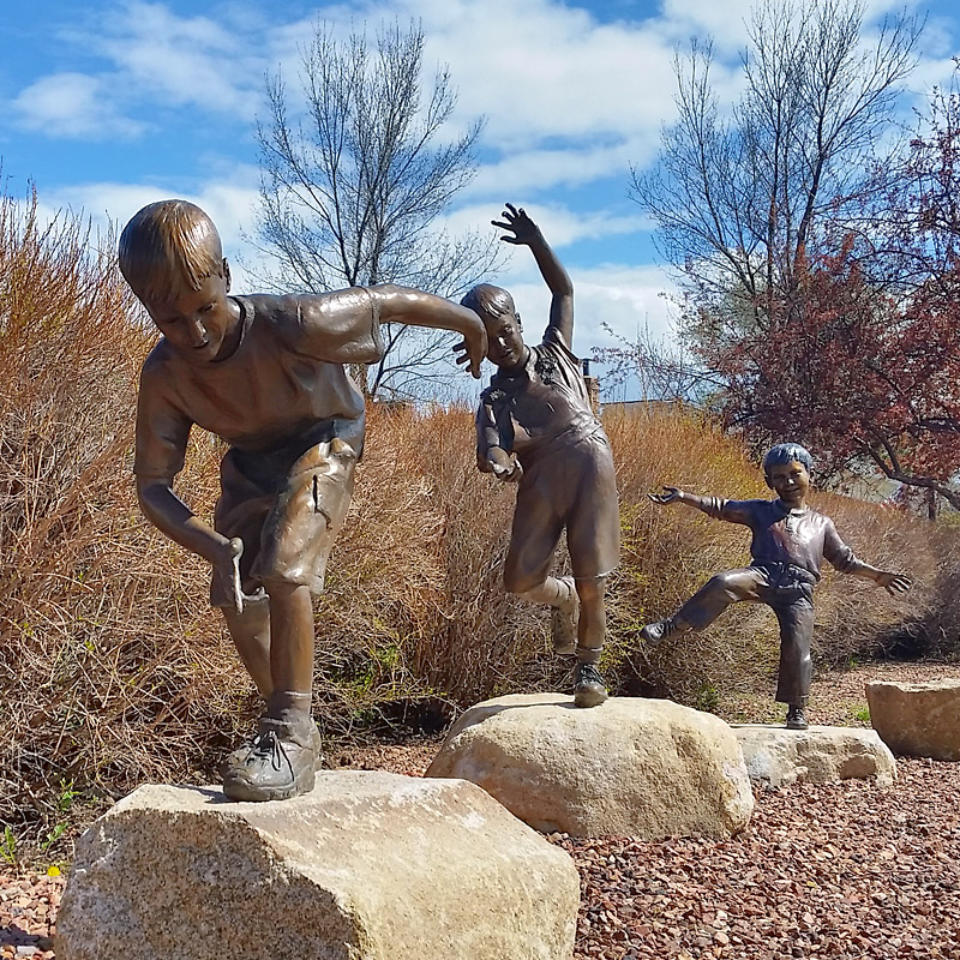Whitney Commons Sculptures
Learn more about the artistry found in and around the park.
Mr. Whitney
By Felix Velez
Mr. Whitney by Felix VelezAs the image of Edward A. Whitney on this bench handing out books might suggest, Whitney was refreshingly indiscriminate in giving out this support, declaring it was to be “as freely offered to the hand worker as the brain worker.”Books were part of Edward A. Whitney¹s life. He read widely to acquire knowledge. He regularly solicited booksellers from around the country, even worldwide, for particular works. His elder brother and only surviving sibling ran a bookstore. Librarians and libraries fill his family heritage. There are no fewer than five Whitney libraries throughout the US and Canada. His first drafts show he wanted to fund a community library, but Andrew Carnegie upstaged him by building one of his libraries in Sheridan in 1905. On a larger level, Whitney focused on education to the exclusion of all other interests. In his will, he declared, “It seemed well to my mind to devote the net income of the property that I leave towards aiding in the needy and deserving young men and young women in attaining, through education, such positions in life as may appeal to them as best suited to their individual needs and capacities.”
Felix Velez is an internationally known sculptor.
Cool Waters
by D. Michael Thomas
Edward A. Whitney moved to the northern Rocky Mountains around 1880. A man of considerable business acumen, he sensed an opportunity in livestock and participated in the great cattle boom of the early 1880s. He began in Miles City but, within a few years, migrated south to Sheridan. By 1885, he had established a bank and continued to invest in local ranches and livestock. Whitney survived the 1886-87 cattle bust and slowly acquired more land in Sheridan and Johnson County. This persistence differentiated Whitney from many peers. Other educated easterners, such as Whitney, pulled up stakes when they saw their cattle fortunes fail. Whitney stayed and rebuilt; cattle and land held his attention for the rest of his life. Records show he had interests in at least a dozen local ranches. He often partnered with Sheridan¹s other prominent ranching families like the Kendricks, Wallops, and Moncreiffes. Whitney also intuitively sensed the importance of water. Records show a keen interest in water rights and irrigation ditches. Water played a key role when Whitney set up his educational trust. In early drafts of his will, he directed that trustees not come from certain townships or sections but rather from specific watersheds in Sheridan County. His descriptions show an intimate knowledge of creeks and streams. Lastly, Whitney, a serious and focused man, seemed to appreciate in others what he struggled to do: pause and enjoy the day. He understood that relaxation was as important as work, although he would instead work.
D. Michael Thomas, a Wyoming native, has been sculpting for over 30 years.
Balancing Boys
by Dan Hill
A new sculpture has been displayed to enhance the beauty of the park and honor Mr. Whitney’s memory. In collaboration with the Sheridan Public Arts Committee, Whitney Benefits has displayed the sculpture “Balancing Boys” by Utah artist Dan Hill. This three-piece sculpture can be viewed on the west side of the park abutting the sidewalk on North Jefferson Street.
Whitney Commons Events
Whitney Commons is the perfect location for many private events including weddings, birthday parties, reunions, friend and family gatherings, and fundraising events.
